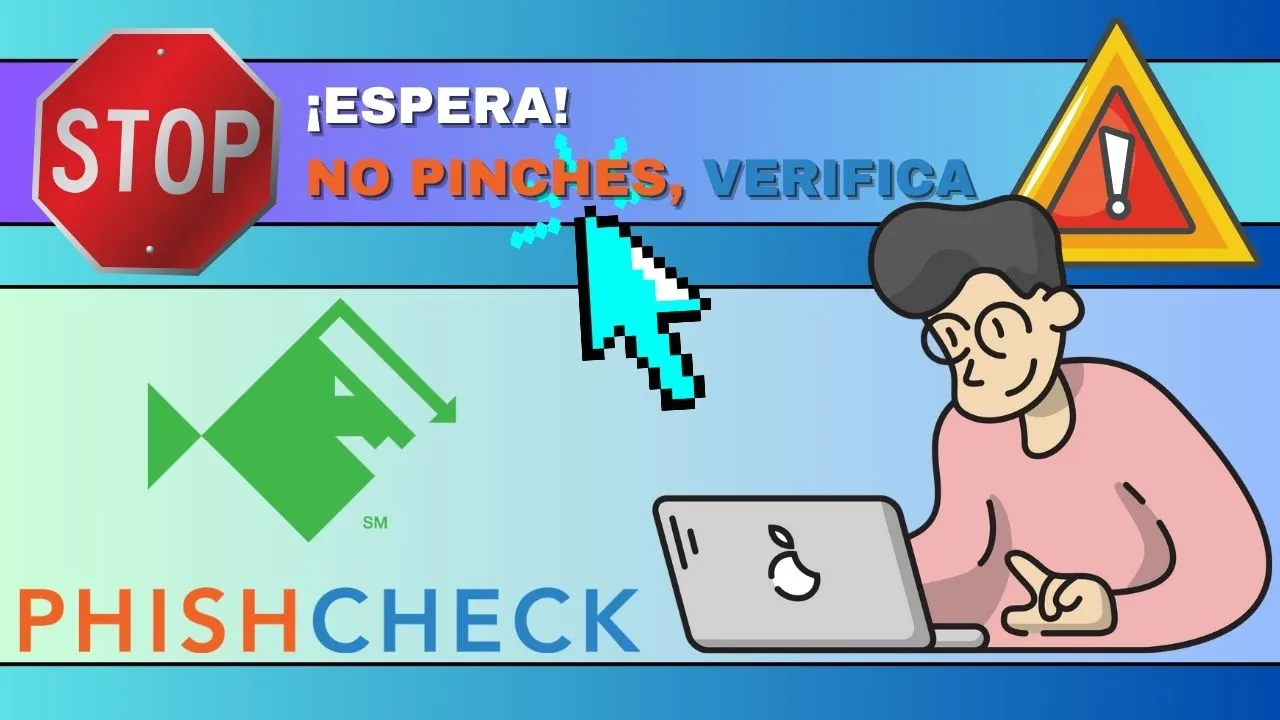

¡Phishing, phishing, phishing! La palabra que resuena como un eco constante en estos últimos días. Incluso los gigantes no han escapado, convirtiéndose, en muchos casos, en el puente que conduce a los más vulnerables. Hace poco, Trezor compartió la noticia de que los datos personales de al menos 66 mil usuarios de sus billeteras habían sido comprometidos en un ciberataque, e instó a sus usuarios a desconocer y no responder comunicaciones que se hicieran en su nombre.
Resulta que algunos de esos usuarios recibieron correos electrónicos de la cuenta 'noreply@trezor.io' con un enlace malicioso diseñado para obtener frases semilla, claves y/o contraseñas. No podemos culpar a quienes confiaron; todo parecía legítimo, provenía del dominio de Trezor, ¿cómo no confiar?
https://x.com/trezor/status/1748724846861705494?s=46&t=W5hJvHl_lRVpkUkzLgRlPQ
https://x.com/trezor/status/1750223673506558146?s=46&t=W5hJvHl_lRVpkUkzLgRlPQ
! [ENGLISH VERSION]
Phishing, phishing, phishing! The word resonates like a constant echo in these recent days. Even the giants have not escaped, becoming, in many cases, the bridge that leads to the most vulnerable. Recently, Trezor shared the news that the personal data of at least 66 thousand users of their wallets had been compromised in a cyber attack and urged its users to ignore and not respond to communications made in their name.
It turns out that some of these users received emails from the 'noreply@trezor.io' account with a malicious link designed to obtain seed phrases, keys, and/or passwords. We can't blame those who trusted; everything seemed legitimate, it came from Trezor's domain, how could one not trust?

Lo anterior es solo la punta del iceberg que muestra la sofisticación de los actuales ataques de phishing. Ya no estamos ante juegos de principiantes; esto es algo grande, muy serio. Imaginen si esto está sucediendo ahora, mucho antes de que alcancemos la cresta de un bull market; lo que podría suceder después. Por ejemplo, ahora mismo que estamos en una especie de temporada de airdrops, con proyectos emergentes recompensando a los primeros usuarios y seduciendo a otros con lluvias de tokens, estamos ante un caldo de cultivo para ataques personalizados de phishing. "Reclama tus tokens aquí", y ¡boom!, una nueva estafa se consolida vaciando miles de billeteras.
Siempre he creído que la duda y la desconfianza son nuestras mejores armas de prevención, pero incluso eso puede fallar cuando los actores maliciosos parecen tan auténticos. Aún así, no podemos simplemente rendirnos y asumir que todo está perdido. Si vamos a caer, que no sea por habernos dado por vencidos en nuestro esfuerzo por mantenernos seguros.

Es por eso que quiero presentarles una herramienta que puede ser útil en esta batalla: PHISHCHECK.
Como su nombre indica, realiza una chequeo de posibles intentos de phishing. Analiza la URL proporcionando un resumen informativo que incluye dirección IP, ASN (Número de Sistema Autónomo), ubicación y la reputación de la URL. La reputación se basa en la base de datos PhishTank, indicándonos si la URL ya está marcada como maliciosa o si existe alguna sospecha de seguridad asociada a ese sitio. Si bien el sitio está orientado a proporcionar información técnica valiosa para los especialistas en ciberseguridad, los campos ya mencionados arrojan información suficiente para que el usuario común reciba las señales de alerta.

! [ENGLISH VERSION]
The above is just the tip of the iceberg showing the sophistication of current phishing attacks. We are no longer dealing with beginners' games; this is something big, very serious. Imagine if this is happening now, long before we reach the peak of a bull market; what could happen next? For instance, right now, as we are in some kind of airdrop season, with emerging projects rewarding early users and enticing others with token showers, we are in a breeding ground for personalized phishing attacks. "Claim your tokens here," and boom! A new scam solidifies, emptying thousands of wallets.
I have always believed that doubt and distrust are our best prevention weapons, but even that can fail when malicious actors seem so authentic. Still, we cannot simply give up and assume all is lost. If we are going to fall, let it not be because we gave up on our effort to stay safe.
That's why I want to introduce you to a tool that can be useful in this battle:PHISHCHECK. As its name suggests, it conducts a check of potential phishing attempts. It analyzes the URL, providing an informative summary that includes the IP address, ASN (Autonomous System Number), location, and the URL's reputation. The reputation is based on the PhishTank database, indicating whether the URL is already marked as malicious or if there is any security suspicion associated with that site. While the site is oriented to provide valuable technical information for cybersecurity specialists, the aforementioned fields provide enough information for the average user to receive warning signals.

Les mentiría si les dijera que esto es suficiente y que con esto estemos completamente blindados; repito una y otra vez: "Nadie está exento", "Hasta al mejor cazador, se le va la liebre". Así que, vayamos con mucho cuidado. Mantente alerta, mantente seguro.
! [ENGLISH VERSION]
I would be lying if I told you that this is enough and that with this, we are completely shielded; I repeat over and over: "No one is exempt," "Even the best hunter can miss the hare." So, let's proceed with great caution. Stay alert, stay safe.

Diseño de miniatura en Canva.com.
Capturas de pantalla desde el sitio web oficial de PhishCheck.
Enlaces de la cuenta oficial de Trezor en la red social X.
Translation: ChatGPT.
Thumbnail design on Canva.com.
Screenshots from the official PhishCheck website.
Links from Trezor official account on the social network X.


